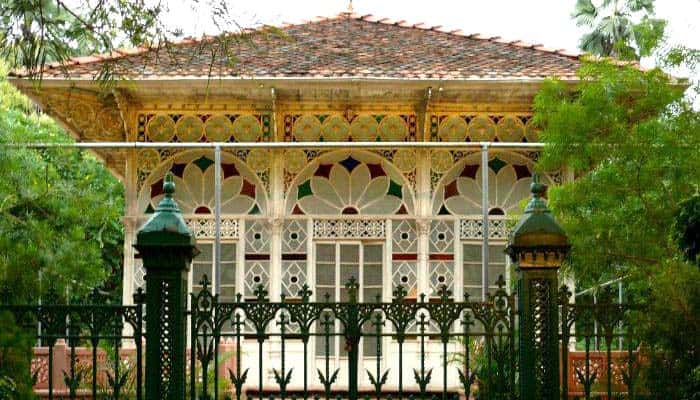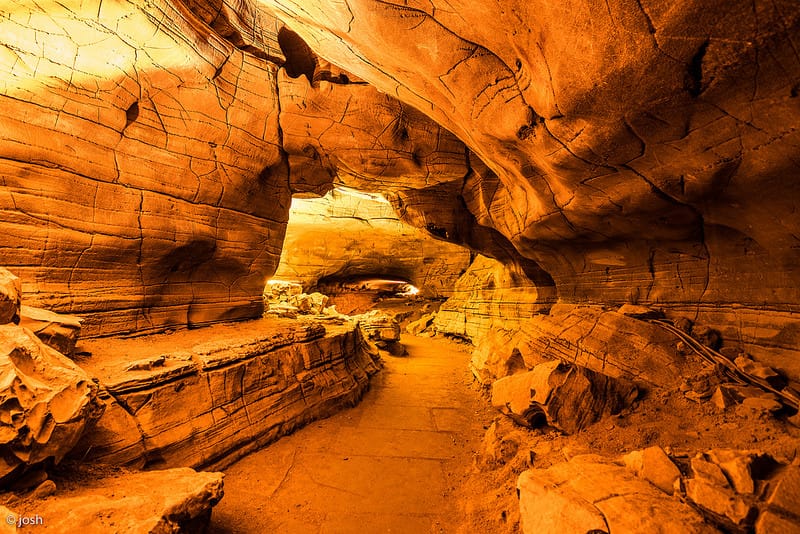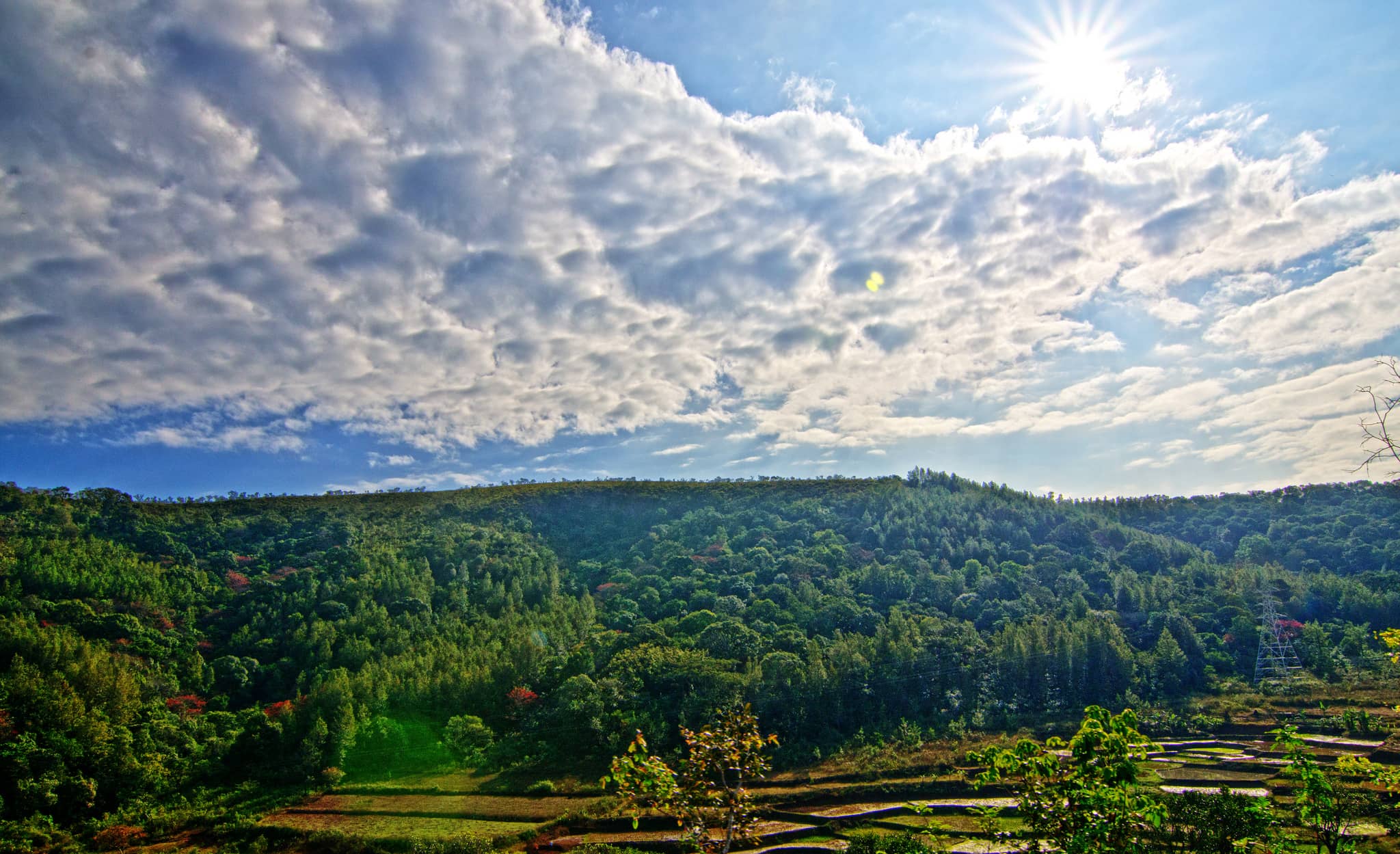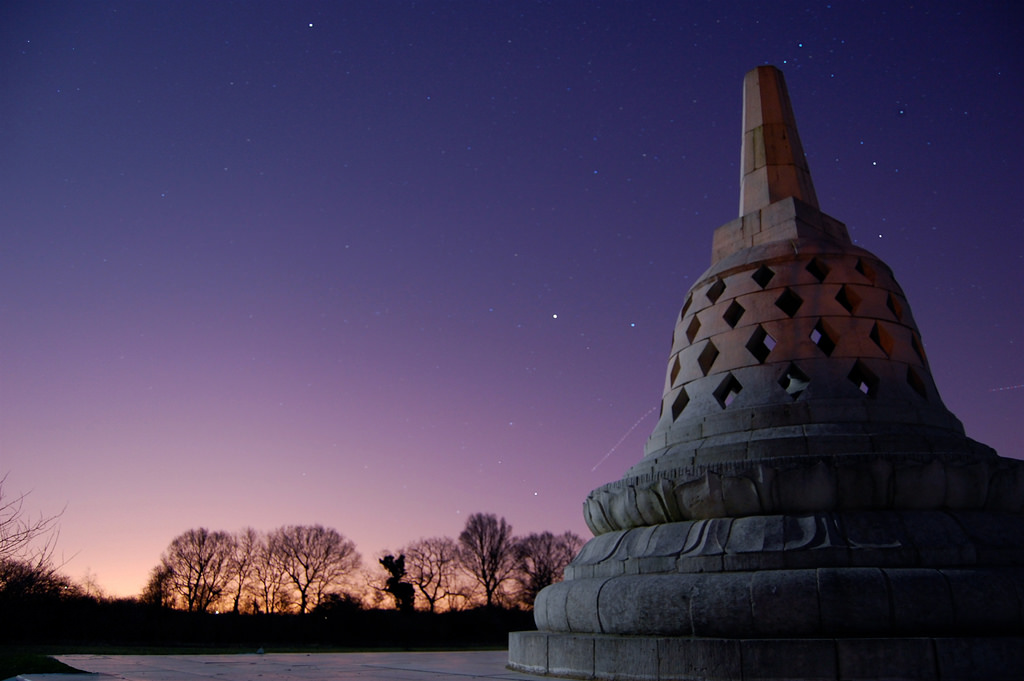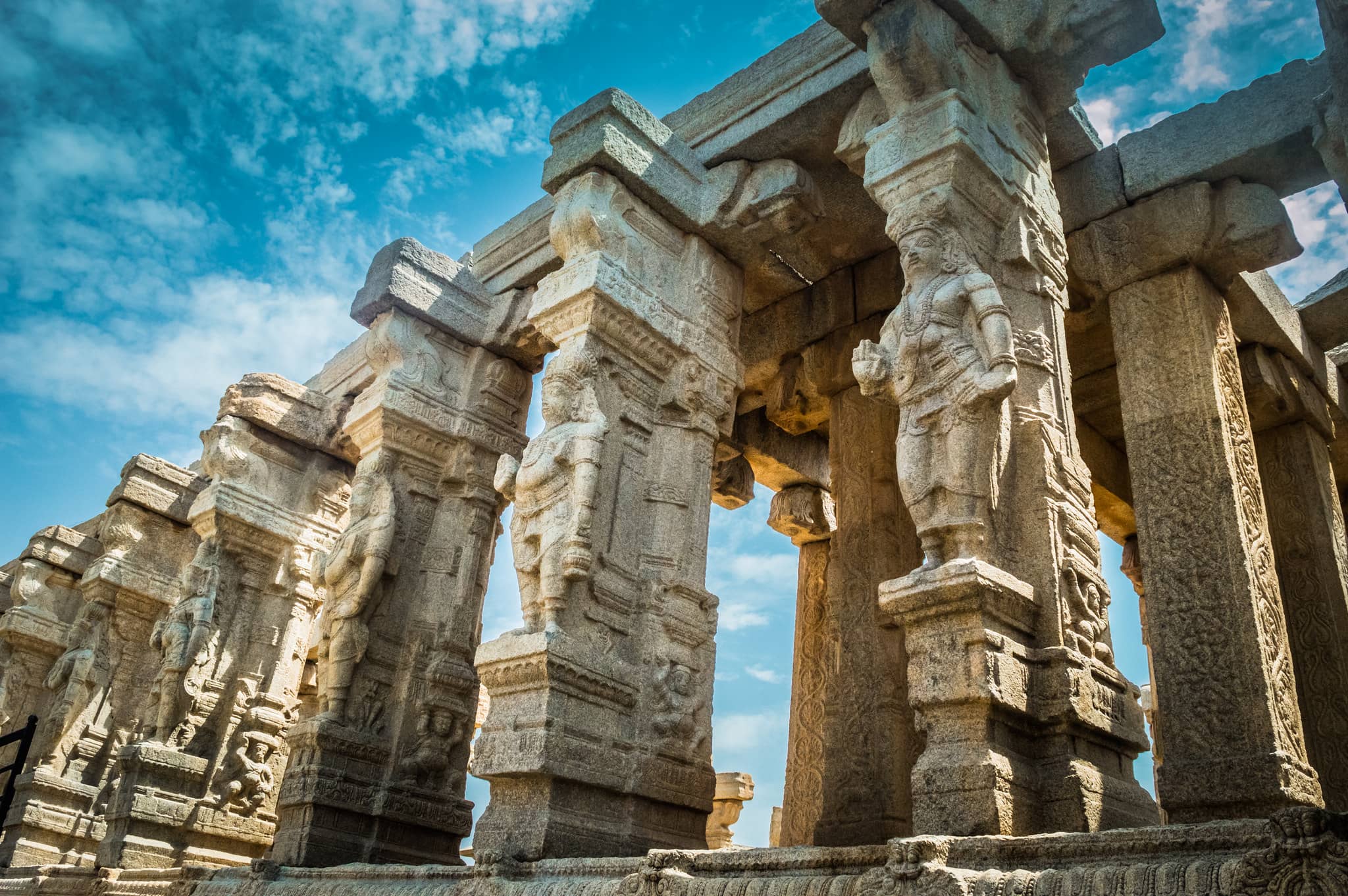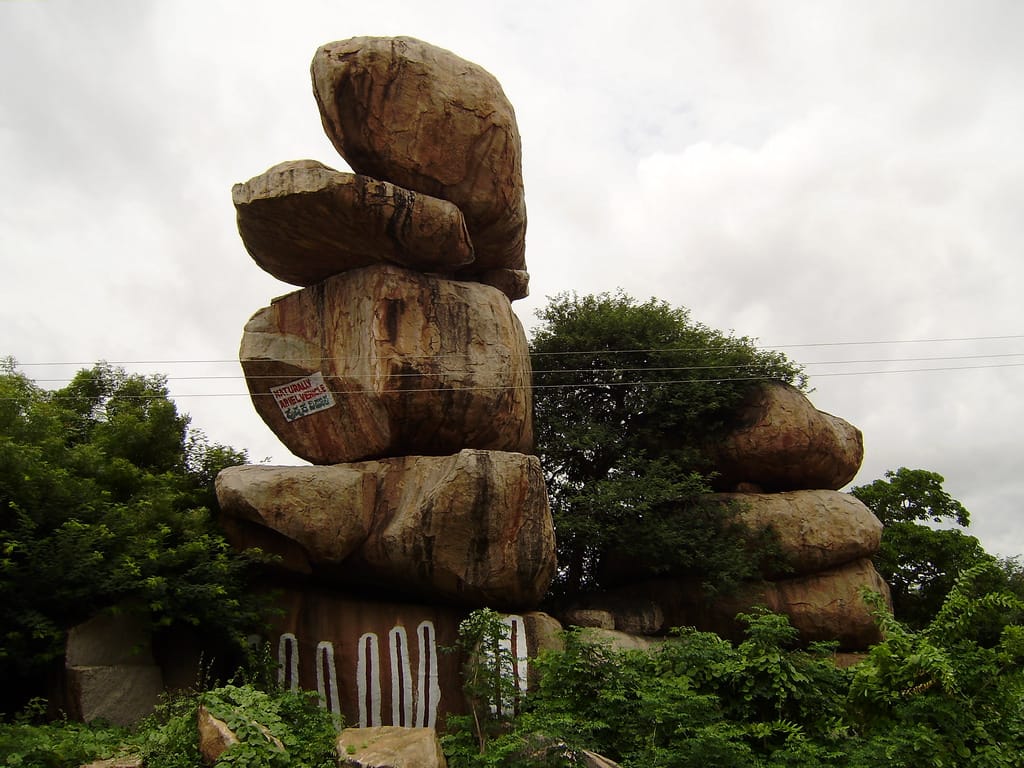Santiniketan is a small town located near Bolpur in the Birbhum district of West Bengal, India, about 180 km north of Kolkata. It was founded by Maharshi Devendranath Tagore and later developed by his son, Rabindranath Tagore. Rabindranath’s vision turned it into what is now known as Visva Bharati University, a well-known university town.
places to visit in Santiniketan
Visva-Bharati University
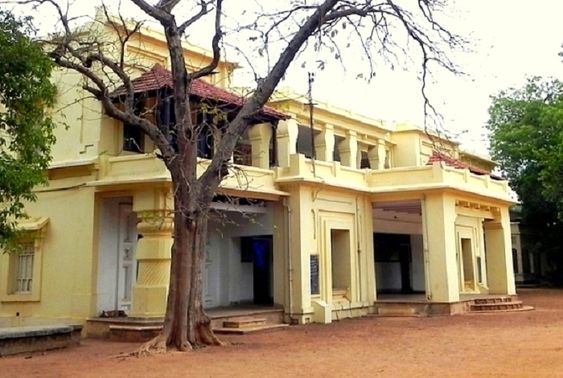
Visva-Bharati is a public university located in Santiniketan, West Bengal. It was founded by the famous poet Rabindranath Tagore. The name “Visva-Bharati” means the connection of the world with India. Originally, it was a college, but after India’s independence, it became a university. The university has a unique atmosphere that blends education with creativity, art, and culture. It attracts students from all over the world. Visva-Bharati is known for its peaceful environment and focus on holistic learning. Tagore’s vision for the university still influences its educational approach today.
Kankalitala
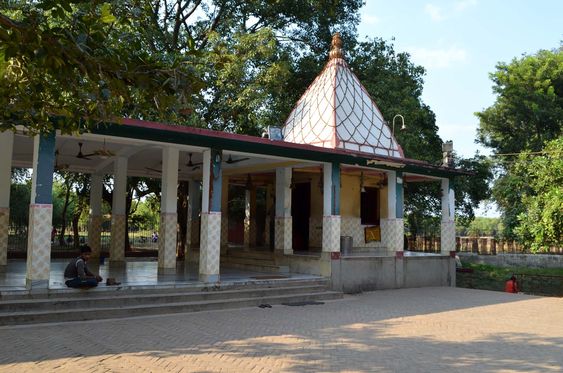
Kankalitala is a small town in the Birbhum district of West Bengal, located in the Bolpur-Sriniketan area. It is famous for its temple dedicated to Goddess Kali. The town is known for its spiritual significance and attracts pilgrims throughout the year. Kankalitala is part of the region’s rich religious and cultural history. It holds a special place in local traditions and festivals. Visitors often come here to experience the peaceful environment and connect with the town’s religious heritage. The area is also known for its scenic beauty and calm surroundings.
Deer Park
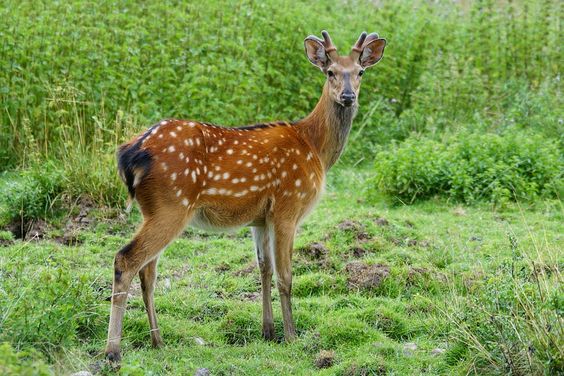
Deer Park is located about 3 kilometers from the main campus of Visva-Bharati University in the Ballavpur forest. The park is home to a large number of deer, which roam freely in the area. It provides a natural habitat for these animals, offering visitors a chance to see them in the wild. The park has become a popular spot for nature lovers and tourists. The surrounding forest is also home to other species of wildlife and offers a peaceful retreat from the busy town. Deer Park is an ideal place for relaxation and enjoying nature.
Nanoor
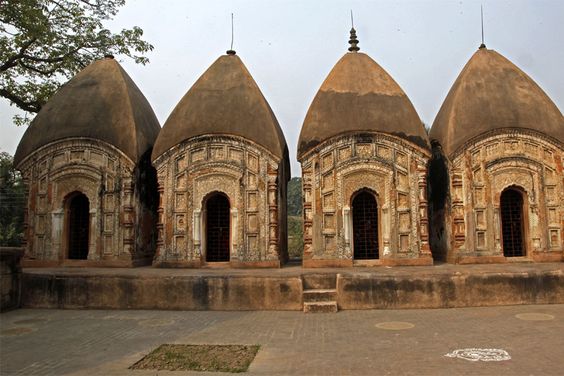
Nanoor is a village in the Birbhum district of West Bengal, known as the birthplace of the famous 14th-century poet Chandidas. Chandidas is known for his devotional Vaishnava poetry. The village is also growing as a center for local crafts, with the support of NGOs that help promote traditional arts and skills. Visitors come to Nanoor to learn about the life and works of Chandidas and to explore its rich cultural heritage. The village is also known for its vibrant community and efforts to preserve its artistic traditions. Nanoor offers a glimpse into the cultural history of the region.
Jaydev Kenduli

Jaydev Kenduli is a village in the Birbhum district, believed by many to be the birthplace of the poet Jayadeva. Jayadeva is famous for writing the Gita Govinda, a classical Sanskrit text. While scholars continue to debate whether this village is truly his birthplace, Jaydev Kenduli remains an important cultural site. The village is located in the Ilambazar block and holds historical significance for its connection to the poet. The area is also known for its temples and traditional festivals. Visitors come here to explore the region’s cultural and literary heritage.
Tagore’s Ashrama

Tagore’s Ashrama, located in Santiniketan, holds historical importance as the place where Rabindranath Tagore spent much of his life. It is believed that many of his famous literary works were written here. The ashram has a peaceful and spiritual atmosphere, which inspired Tagore’s creativity. It was also a place for learning and reflection. The area is still visited by scholars, artists, and admirers of Tagore’s work. It continues to be a significant cultural and educational landmark. The ashram is an important part of Tagore’s legacy and attracts visitors who wish to connect with his ideas and vision.
Rabindra Bhavan
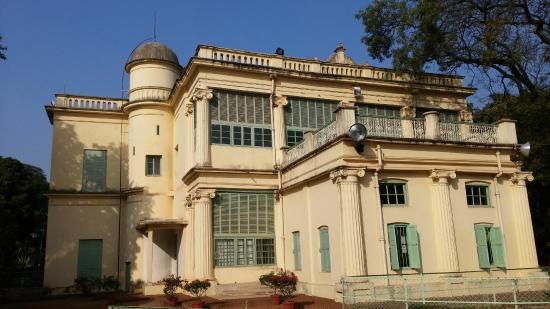
Rabindra Bhavan is a well-known museum dedicated to the life and works of Rabindranath Tagore, the Nobel Laureate. The museum houses a collection of personal items, manuscripts, and artworks related to Tagore’s life. It provides a detailed view of his contributions to literature, music, and culture. The exhibits showcase his role in shaping modern India’s cultural landscape. Rabindra Bhavan is located in Santiniketan and is an important place for anyone interested in Tagore’s work. It is also a popular destination for students and researchers studying his life and legacy.
Sangeet Bhavana

Sangeet Bhavana is a music and performing arts institution in Santiniketan, part of Visva-Bharati University. It offers training in various forms of music, including Rabindra Sangeet, Hindustani classical music, and traditional dance styles like Manipuri and Kathakali. The institution also focuses on Tagore’s unique musical dance-dramas. Sangeet Bhavana is known for nurturing talented students who wish to pursue a career in the arts. The center provides opportunities for research and advanced studies for postgraduate students. It has become a cultural hub for learning and performing music and dance.
Kala Bhavana
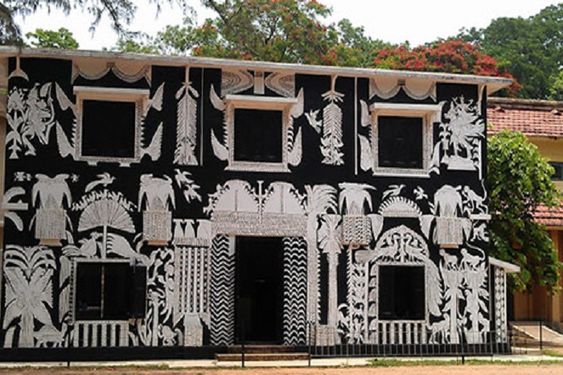
Kala Bhavana, founded in 1919, is a leading institution for visual arts in Santiniketan. It is part of Visva-Bharati University and was established by Rabindranath Tagore. The institution offers education and research opportunities in various forms of visual arts, including painting, sculpture, and design. Kala Bhavana is famous for its contribution to the modern Indian art movement. It attracts artists from all over India and abroad who come to study and explore creativity in a unique, open environment. The institution has played a major role in shaping contemporary Indian art and continues to inspire new generations of artists.
Uttarayan Complex
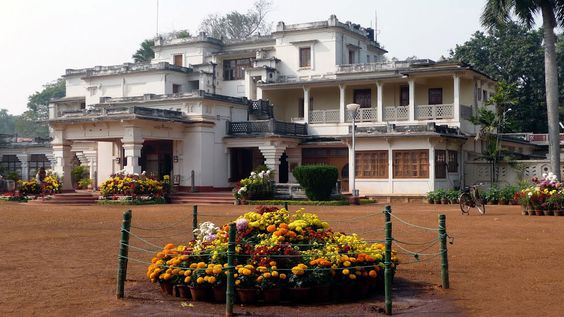
The Uttarayan Complex is a group of buildings in Santiniketan where Rabindranath Tagore lived for many years. The complex is famous for its unique architecture, with buildings in various styles. It is a popular tourist spot and holds great historical significance due to its connection with Tagore. Visitors can explore the different structures, each with its own charm and history. The complex reflects Tagore’s love for art, culture, and nature. It continues to serve as a reminder of his legacy and influence. Uttarayan Complex remains an important part of Santiniketan’s cultural heritage.
Best Time to Visit Santiniketan
Santiniketan has a tropical climate, so visitors should expect hot and humid weather. The best time to visit is from August to March. Summers in Santiniketan can be very hot, with temperatures sometimes reaching over 40°C. Summer starts in April and lasts until June, making it uncomfortable to explore the city during these months. The monsoon season begins in July and lasts until September. During this time, heavy rains make the surroundings lush and bring a refreshing atmosphere, perfect for a walk around the area. However, the ideal time to visit Santiniketan is during the winter, from November to February, when the weather is cool and pleasant. December also hosts the popular Pousmela festival, which attracts many visitors and adds to the charm of the place.
